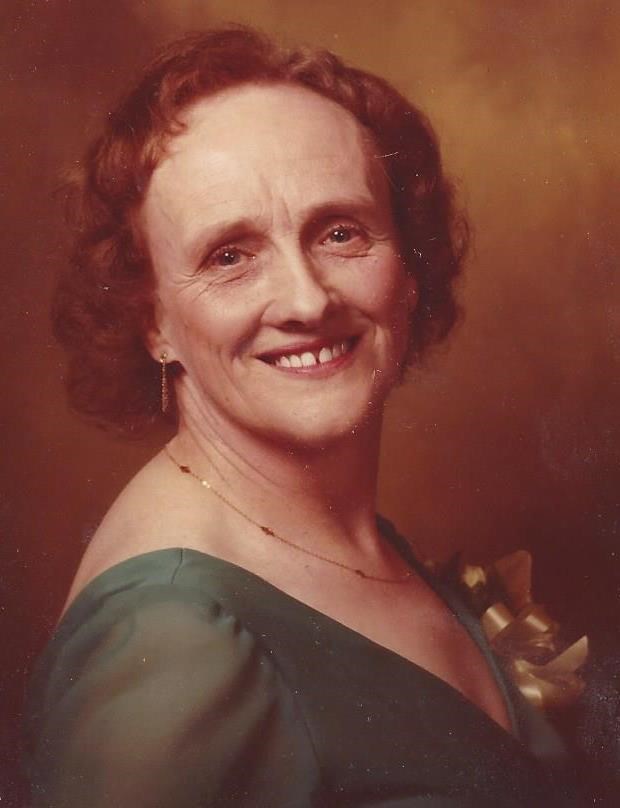
The final third of the book tells of a modified version of our original group heading out on a six week canoe trip through the barrens. Similarly the story moves back and forth in time in a way that feels only natural, demonstrating Hay’s remarkable skill without actually making us aware of her at all. Each of these characters come with their own unwavering backstories, and point-of-view shifts between them with such fluidity. Relationships are entered in and out of, loyalties shift in surprising ways. Eleanor Dew, the station receptionist, the steadying force. Gwen, who is too young and arrives in town with a bruise on her throat. Harry Boyd, a washed-up has-been, managing the station as part of his demotion. The enigmatic Dido, whose voice causes some people to fall in love with her, and whose presence does others. The story, quite simply, tells what happens when a various group of people come together in this strange and isolated place. Truly, this is the most audible novel I have ever read. And not just those voices in the night, but also snow crunching underfoot, paddles in the water, crackling fires and birdsong.

Admirably too, for it is hard to write sound. No mountains, no glaciers, in the winter not even that much snow.” Sound, not sight, becomes the salient sense, which is natural with the radio, and Hay creates this effect beautifully.

Indeed this is the True North, but not like we might imagine: “It was north of the sixtieth parallel and shared in the romance of the North, emanating not mystery but uniqueness and not right away. The story is set among a group of people working at a small Yellowknife radio station in 1975. Late Nights on Air is an entity unto itself, its own world, and a truly magnificent literary achievement. This book feels too whole to have been created, too perfect. But then Elizabeth Hay’s Late Nights on Air manages to surmount such praise– “seamless” is the best crafting metaphor I can think of.

And all this is high praise, really, to liken a writer to an artisan. Similarly, I recently wrote about a book’s machinery.

Writers “weave” narratives, “paint” images, and, yes “craft” at all. So often, unsurprisingly, we find ourselves employing metaphors of artistry when it comes to a well-crafted book. SeptemLate Nights on Air by Elizabeth Hay


 0 kommentar(er)
0 kommentar(er)
